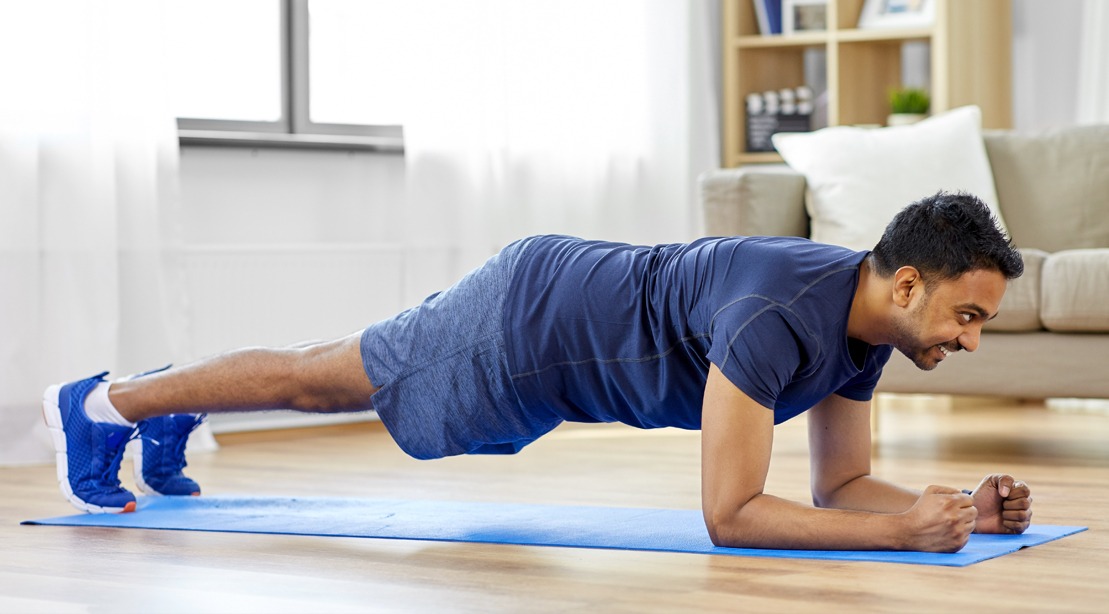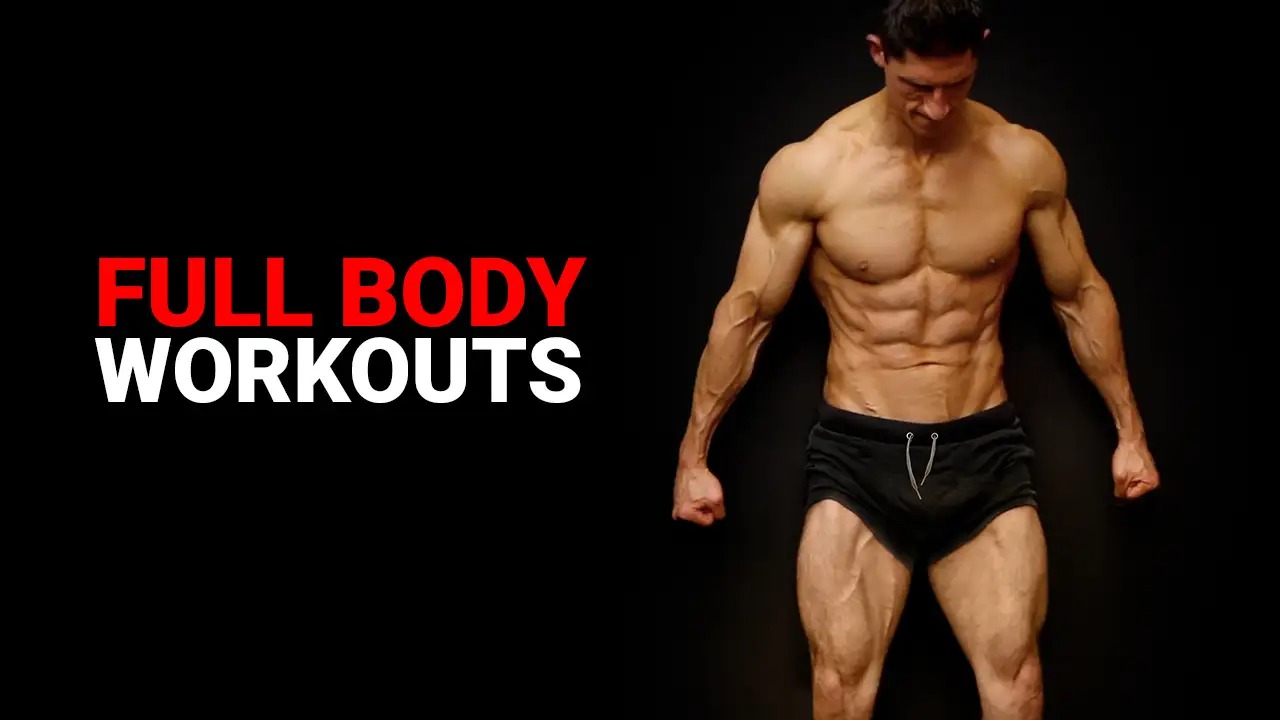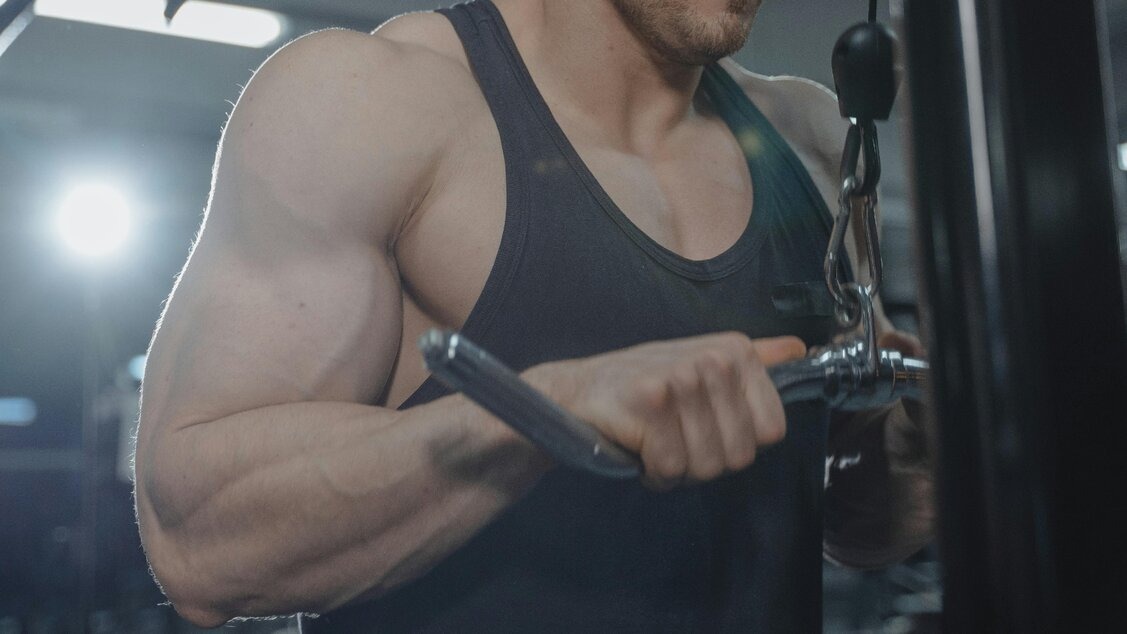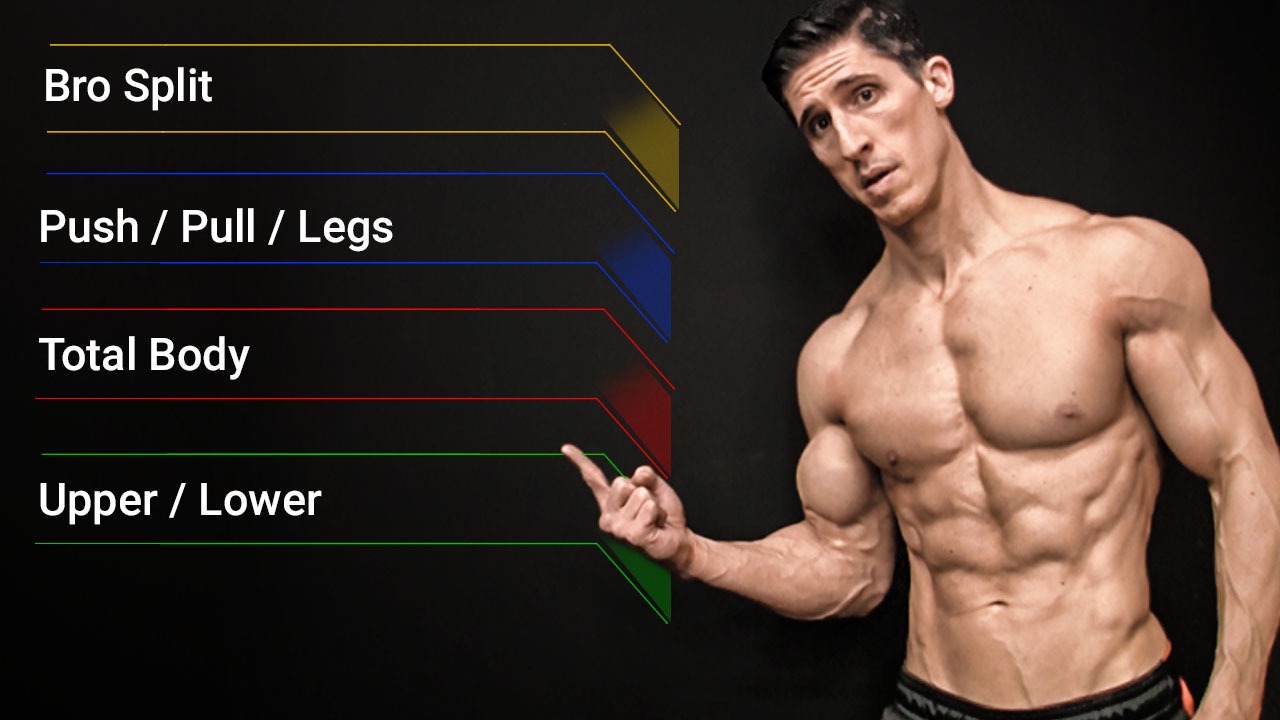Bodyweight training is a workout method that uses your own body’s weight to build muscle, get stronger, and burn fat. It is a simple, effective, and free way to get in shape from the comfort of your own home. You don’t need a lot of fancy machines or a lot of heavy weights. All you need is a little bit of space and a lot of motivation.
This guide will give you a complete and easy-to-follow plan for home workouts without equipment. We will show you 10 of the best bodyweight exercises, how to do them correctly, and how to combine them into a powerful workout plan that will get you maximum results.
The Power of Your Own Body: Why Bodyweight Training Works
Bodyweight training is one of the most effective and a very safe way to get in shape. Here’s why it is so powerful:
- It’s Free and Convenient: You don’t need to spend any money on a gym membership or on expensive equipment. You can work out anytime, anywhere, whether you are at home, in a park, or in a hotel room.
- It’s Great for All Levels: Bodyweight exercises are great for beginners because you can start with a simpler version of the exercise and then slowly progress to a harder one. For example, you can start with push-ups on your knees and then move to a full push-up.
- It Builds a Strong Foundation: Bodyweight exercises are a great way to build a strong foundation of muscle and balance. They work a huge number of muscles at once, which is a key to building a strong and a stable body.
- It Burns a Lot of Calories: By working a huge number of muscles at once, your body requires a lot of energy. This leads to a lot of calories being burned, both during and after your workout. This is great for anyone who wants to lose weight or get in shape.
The Foundation: Before You Start
Before you even start your workout, there are a few important things you need to do to ensure you have a safe and effective session.
1. Warm-up is a Must
A warm-up is a way to get your body ready for the work ahead. It helps to increase your heart rate, to get more blood to your muscles, and to get your joints moving. A warm-up can also help to prevent injuries. A simple warm-up should include:
- 5-10 minutes of light cardio (like running in place or jumping jacks).
- Dynamic stretches (like arm circles, leg swings, and torso twists).
A good warm-up is the first step to a great workout.
2. Form is Everything
When you are working out, your form is the most important thing. It is much better to do an exercise with perfect form than to do it with bad form. Bad form can lead to injuries that can stop your progress for weeks or even months. If you are a beginner, you should:
- Start with a simple version of the exercise.
- Focus on the movement and on the muscle you are working.
- Watch a video to make sure you are doing the exercise correctly.
A good form is a key to a safe and effective workout.
3. Listen to Your Body
You should always listen to your body. There is a difference between a good muscle burn and pain. If you feel any sharp pain during an exercise, you should stop. It is a sign that something is wrong. You should not push through pain. You should rest and let your body recover.
The 10 Best Bodyweight Workouts
Here are 10 of the best bodyweight exercises that you can do at home without any equipment.
1. Squats
- The Movement: Stand with your feet a little wider than shoulder-width apart. Push your hips back and bend your knees as if you are sitting in a chair. Your chest should be up and your back should be straight. Go down until your thighs are parallel to the floor, and then push back up to the start.
- Why It’s Good: Squats are a great exercise for your legs, your glutes, and your core. They work a huge number of muscles at once and are a great way to build strength.
- Variations: You can make a squat harder by holding the bottom position for a few seconds (pause squats) or by doing a jump squat.
2. Push-ups
- The Movement: Place your hands on the floor a little wider than your shoulders. Your body should be in a straight line from your head to your feet. Lower your body down until your chest is close to the floor, and then push back up to the start.
- Why It’s Good: Push-ups are a classic exercise for your chest, your shoulders, and your triceps. They are one of the best exercises for building upper body strength.
- Variations: You can make a push-up easier by doing it on your knees. You can make it harder by putting your feet on a chair (decline push-ups).
3. Lunges
- The Movement: Stand with your feet together. Step forward with one leg and bend both knees to a 90-degree angle. Your chest should be up and your back should be straight. Push back up to the start and repeat with the other leg.
- Why It’s Good: Lunges are a great exercise for your legs, your glutes, and your balance. They work one leg at a time, which is a great way to build strength.
- Variations: You can make a lunge harder by holding the bottom position for a few seconds or by doing a jump lunge.
4. Plank
- The Movement: Lie on your stomach and place your forearms on the floor with your elbows under your shoulders. Lift your body off the floor so that you are in a straight line from your head to your feet. Hold this position for as long as you can.
- Why It’s Good: Planks are one of the best exercises for your core. They work your abs, your lower back, and your shoulders.
- Variations: You can make a plank harder by lifting one leg or one arm off the floor. You can make it easier by doing it on your knees.
5. Burpees
- The Movement: Start in a standing position. Go down into a squat, place your hands on the floor, and kick your feet back into a push-up position. Do a push-up, jump your feet back to your hands, and then jump up into the air.
- Why It’s Good: Burpees are a full-body, high-intensity exercise that works a huge number of muscles at once. They are great for fat loss and for building a strong heart.
- Variations: You can make a burpee easier by not doing a push-up. You can make it harder by adding a tuck jump at the end.
6. Glute Bridges
- The Movement: Lie on your back with your knees bent and your feet on the floor. Squeeze your glutes and lift your hips off the floor until your body is in a straight line from your knees to your shoulders. Lower your hips back down to the floor.
- Why It’s Good: Glute bridges are a great exercise for your glutes and your lower back. They are a great way to build strength and to improve your posture.
- Variations: You can make a glute bridge harder by lifting one leg off the floor.
7. Mountain Climbers
- The Movement: Start in a push-up position. Bring one knee to your chest and then bring it back to the start. Repeat with the other leg. You should do this as fast as you can.
- Why It’s Good: Mountain climbers are a cardio and core-strengthening exercise. They work a huge number of muscles at once and are a great way to burn calories.
- Variations: You can make a mountain climber harder by doing it faster.
8. Triceps Dips
- The Movement: Place your hands on a chair or a bench behind you. Your body should be in a straight line from your head to your feet. Lower your body down until your triceps are parallel to the floor, and then push back up to the start.
- Why It’s Good: Triceps dips are a great exercise for your triceps. They are one of the best exercises for building arm strength.
- Variations: You can make a triceps dip easier by bending your knees.
9. Jumping Jacks
- The Movement: Stand with your feet together and your hands at your sides. Jump your feet out to the sides and raise your hands over your head. Jump back to the start.
- Why It’s Good: Jumping jacks are a cardio exercise that works your entire body. They are a great way to warm up or to burn calories.
- Variations: You can make a jumping jack harder by doing it faster.
10. Leg Raises
- The Movement: Lie on your back with your legs straight. Keep your lower back on the floor and lift your legs up to a 90-degree angle. Lower your legs back down to the floor with a controlled movement.
- Why It’s Good: Leg raises are a great exercise for your abs and your lower back. They are one of the best exercises for building core strength.
- Variations: You can make a leg raise harder by keeping your legs a few inches off the floor.
Putting It All Together: A Sample Workout Plan
Here is a simple plan that combines these exercises into a three-day-a-week routine. You should do 3 sets of 8-12 reps for each exercise, or hold the plank for 30-60 seconds. You can rest for 30-60 seconds between sets.
- Day 1: Squats, Push-ups, Plank, Lunges, Glute Bridges
- Day 2: Rest
- Day 3: Burpees, Mountain Climbers, Triceps Dips, Leg Raises, Jumping Jacks
- Day 4: Rest
- Day 5: Squats, Push-ups, Plank, Lunges, Glute Bridges
- Day 6: Rest
- Day 7: Rest
This is a great starting point, but you can change the plan to fit your needs. You can add more sets, more reps, or you can make the exercises harder.
The Final Word: The Real Secret to Success
The ultimate secret to getting the best results is not a specific exercise or a perfect diet. The real secret is consistency. You should stick to your plan, you should listen to your body, and you should not give up. A home workout without equipment is a great way to start your fitness journey, and it is a way to build a stronger, healthier, and more confident you.



